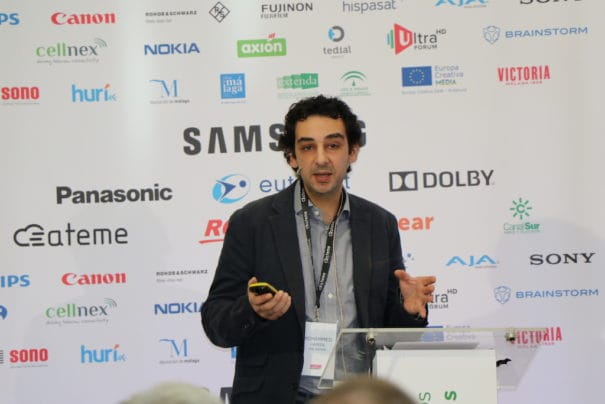5G Broadband Speeds Could Be Difference Between Wired and Wireline For The Home
If fiber speeds don’t increase — and 5G meets the hype — consumers could use wireless for the home.
Ty Perkins

May 18, 2021— Broadband speeds may be the difference between whether households use wireline fiber internet or mobile 5G wireless services, according to an analyst.
Tony Lenoir, a senior research analyst at S&P Global Market Intelligence says Internet service providers not only must meet the increased demand for broadband access nationwide, but also meet an increased demand for faster internet speeds – lest people must choose between fiber and 5G.
Mobile network providers are committed to building their new 5G infrastructure, which could pose a threat to the market share of internet service providers in the future, Lenoir said.
Lenoir explained that if households are able to obtain similar speeds with their 5G coverage as they are with their household internet for similar or lower cost, there will be no reason for them to pay two separate internet bills. Households would likely dump their internet service provider and use a hotspot from the 5G connected mobile device to connect their other home devices.
Though the telecom companies have some time to get that in order, as 5G will not be disrupting the market “in the near future,” Lenoir said.
DSL being phased out, replaced with fiber in Western Europe
Another senior research analyst at S&P, Mohammed Hamza, noted that in Western Europe, while broadband expansion was still growing across every market, this growth is expected to slow as they become increasingly saturated. According to Hamza’s data, he expects that Fiber will begin to overtake DSL in 2026.
Hamza also described the various technologies being utilized and the speeds they could deliver in that region. He described fiber and cable as the primary delivery methods for gigabit services and noted that the latest cable technology (DOCIS 4.0) which is currently in development is cable of easily delivering four Gbps symmetrical service but could deliver speeds as high as ten Gbps symmetrical. He noted that it is this technology that will continue to make cable competitive.
According to Hamza, five to seven percent of would-be consumers are in rural areas that make fixed broadband deployment challenging, “This is where government aid plays a critical role. Hybrid technologies have also come into play to plug that gap using 4G over DSL.” Much like in the U.S., to provide service to the hardest to reach communities, it often takes a combination of broadband strategies to make service possible.
Hamza concluded by saying that to sustain broadband competitiveness and growth in Western Europe in the future, government regulation will need to remain predicable and focused on future growth. He added that a failure to do so would invite monopolization and diminished investment in the region.
With files from Benjamin Kahn








Member discussion